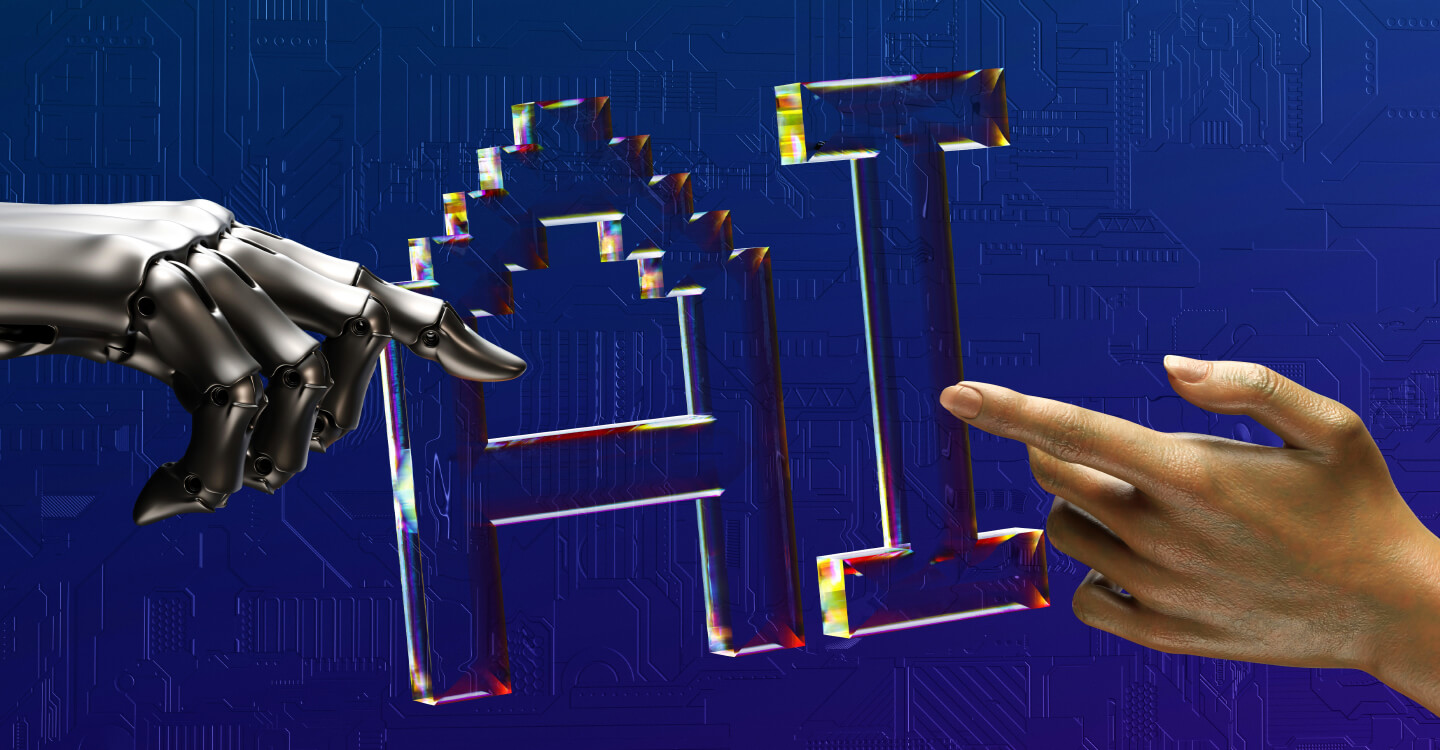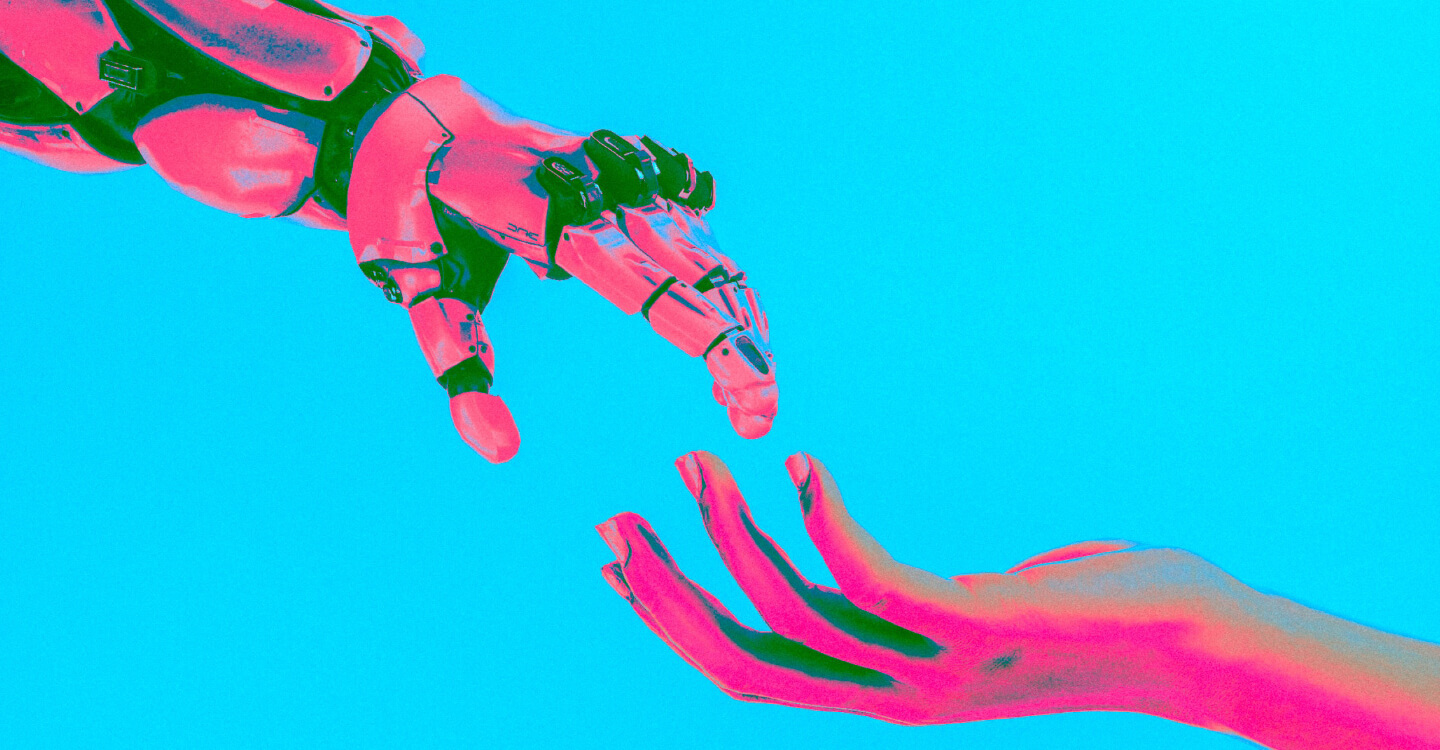Your marketing material is designed. Whether it's letterhead, business card, brochures, flyers or posters, it’s time to send it off to the printers. Now comes the big decision of how to get it printed! Press printing or Digital. What’s the difference between press printing and digital printing?
We’ve highlighted the pros and cons to try and help you weigh up your printing options.
Digital Printing
Digital printing is cheaper. It’s about half the cost of press printing as it prints directly to paper. There’s no need to bother with film or plates. You get faster results and some printers can even provide a same day service depending on their work load. However the digital printing process uses four colours - Cyan, Magenta, Yellow, and Black (CYMK) mixed together create a variety colours. Different set-ups and settings on digital printers can produce an extensive range of colour results. There is no guarantee you will get the exact same yellow from printer to printer or batch to batch of ink. It also limits the assortment of colours available. If you’re after vibrant reds and sunset oranges, press printing would be the better option. Digital printer also limits your paper section and finishes. If you’re wanting to print posters in a size bigger than A3, press printing is your only option. Most digital printers are limited to size and generally 297mm × 420mm the biggest they can produce. You’ll also find the paper density (GSM) is also limited. If you’re after thick card or any other sort of material, then you’ll need to opt for press printing.
Press Printing
Naturally with the extra work of producing film and plates, press printing is going to be around double the cost of digital printing. With making the film, plates, setting the press, running the jobs and the time it takes for drying, cutting, folding and finishing. If you’re after a quick fix, then digital printing is your best option. The benefits are there is an enormous spectrum of paper colours available, a wide range of thickness, textures and speciality papers like non-traditional paper and metallic are amongst your options for stock.Traditional press printing can also accommodate a wide range of paper sizes and shapes, perfects for large posters and signage, so when it comes to printing your imagination is the only limit.
In summary, if consistent colour is not an issue and you want a fast turnaround for your brochures, flyers and letterheads, you can’t beat digital printing for cost. When you need poster sized marketing material, metallic finishes, embossing and vibrant colours mixed to exact specifications, choose press printing. If you’re still unsure, talk to a proven graphic design agency. They deal with printers every day and can probably recommend a reliable, cost efficient solution.




